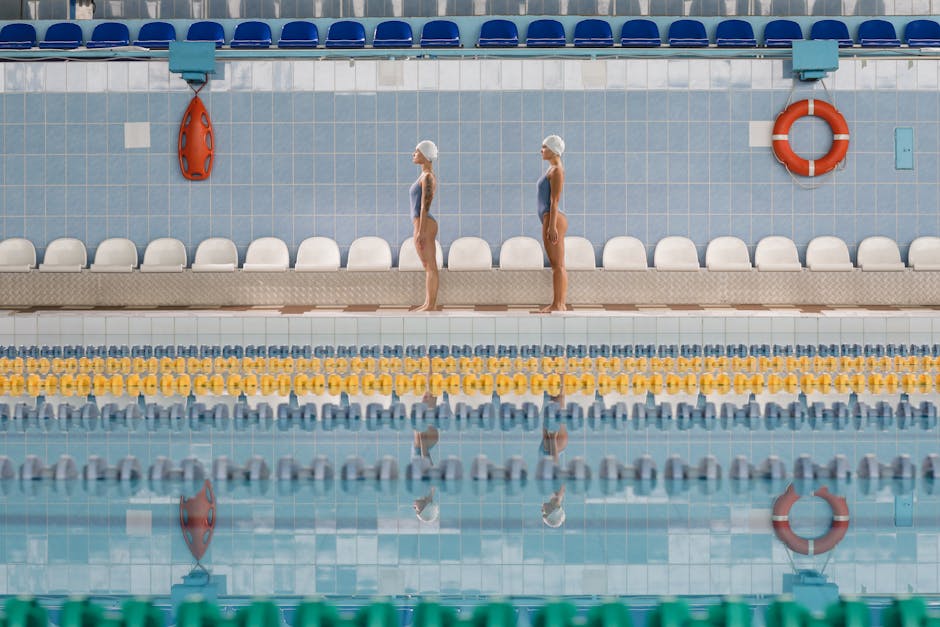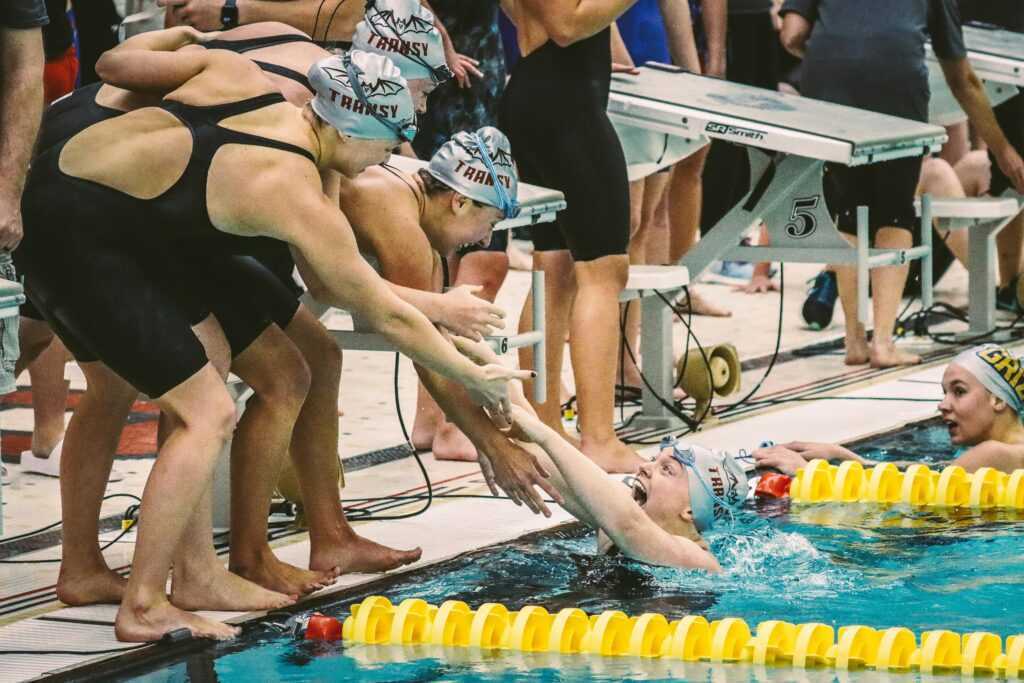What Mental Fatigue Really Does to Performance
Training your body is only half the battle your brain is the other half. Mental fatigue has a subtle but powerful impact on performance, especially during long, repetitive training sessions.
Physical Tiredness vs. Mental Exhaustion
It’s important to distinguish between two types of fatigue:
Physical tiredness is muscle based and usually responds to rest, hydration, and nutrition.
Mental exhaustion creeps in when your brain is overstimulated, bored, or under constant pressure.
You might feel physically capable but still struggle to complete tasks or stay motivated that’s a sign your mental energy tank is low.
The Problem with Cognitive Drift
When mental fatigue sets in, cognitive drift occurs. This is when your focus starts to slip without you noticing, leading to:
Sloppy technique
Missed cues or feedback from your body
Increased risk of injury or burnout
Losing mental sharpness doesn’t always feel dramatic. It often looks like zoning out mid set or forgetting key technique cues you’ve rehearsed countless times.
Why Elite Athletes Train the Mind Too
Top performers understand that mental training is as crucial as physical prep. They invest serious time in strategies to:
Improve focus and resilience
Stay sharp through long blocks of repetition or monotony
Build mental toughness that holds when things get hard
“The mind quits before the body.” A truth many elite athletes live by.
Learn more: The role of mental training in both sports and digital gaming
Understanding how mental fatigue works is the first step. The tricks that follow will help you manage it when it hits.
Trick 1: Segment Your Training Mentally
Long sessions can mess with your head before they wear out your body. Instead of staring down the barrel of a 90 minute grind, break it up. Think in laps. Think in blocks of ten reps. Think in short time intervals. Each one is a small win, and stacking wins is how you stay in the game.
When your mind wants to skip ahead to the end, don’t go with it. That’s where overwhelm builds. Keep your focus locked on what you’re doing right now the current set, the next five minutes, the rep you’re in. Handle the moment. Then the next. That’s how the best stay sharp when others fall apart.
Trick 2: Use Anchor Words

When your focus starts to drift mid set, you don’t need a full reset. Just one word. One sharp, simple anchor.
Pick something that cuts through the noise: “push,” “drive,” “lock in,” “breathe.” Make it your reset switch. Keep it short no fluff, no filler.
Repeat it in rhythm with your effort. Each rep, each stroke, each stride. The word brings you back. The word steadies you when doubt creeps in. Doubt’s going to show up that part’s predictable. But how you meet it? That’s the trick.
Say the word. Again. Then again. Let it become the beat you work to. Nothing fancy. Just clear, deliberate focus delivered in one small phrase.
Trick 3: Visualize the Grind, Not Just the Glory
When athletes think of visualization, they often imagine the finish line, the win, or the celebration. But limiting mental imagery to success moments does little to prepare you for the hard parts the mid set fatigue, the burning lungs, the urge to stop.
Why Visualizing Discomfort Matters
Your brain, like your body, adapts to rehearsal. By visualizing moments of fatigue and struggle before they happen, you teach your mind not to panic or give up when those sensations hit.
Anticipate the discomfort, don’t fear it
Rehearse pushing through pain, not just celebrating after
This strategy strengthens your mental endurance in real time. When you’ve already walked through the hardest reps in your mind, they’re less likely to break your focus in reality.
Embrace Fatigue as a Tool
Fatigue isn’t just something to survive it’s a training stimulus. When you push through mental and physical limits, you’re conditioning your brain to stay engaged under pressure.
Shift your mindset from “I’m tired” to “I’m training my focus”
Learn to recognize fatigue as progress, not failure
Athletes and competitive gamers alike are using this method to boost in session resilience. See how athletes and gamers apply this
Lean into the grind during visualization. Practice the grind, and the glory becomes real.
Trick 4: Build a Routine That Signals Focus
When you walk into a training session, your body shouldn’t be the only thing warming up your brain needs a cue, too. A consistent pre training ritual can act as a signal that it’s time to lock in. It doesn’t have to be elaborate; the key is consistency.
Why Rituals Matter
Training isn’t just physical it’s deeply psychological. Pre session routines reduce mental friction by eliminating uncertainty. When your brain knows what’s coming, it shifts into performance mode more easily.
Elements of an Effective Pre Training Routine
Build your own routine using reliable cues that prime your mindset:
Timing: Start training at the same time each day, when possible. Consistency helps condition focus.
Gear Setup: Lay out your clothes, shoes, or equipment the same way each time. This builds familiarity and cuts down on unnecessary decisions.
Music or Sound Cues: Create a playlist or use specific tracks that cue a focused mental state. Soundtracks associated with effort can act like a mental switch.
Reduce Decision Fatigue
Every tiny decision drains energy. Standardizing your pre training process minimizes brain clutter so you can go all in when it actually counts.
A clear routine doesn’t just save time it sharpens intent. Over time, your brain begins to associate these habits with readiness and effort.
Build the habit. Let your ritual do the mental heavy lifting before you even begin.
Trick 5: Deploy Focus Resets
Mental fatigue doesn’t ask for permission it just shows up. One minute you’re locked in, the next you’re staring blankly, wondering how many sets are left. That’s where micro resets come in. These are short, deliberate breaks that tell your brain it’s time to refocus.
Close your eyes. Inhale deep. Hold. Exhale slow. That’s it. Just a few seconds to reset the circuit. You’re not quitting you’re clearing noise. Between sets, use this pause to reframe your intent. What’s the next set for? Speed? Form? Effort?
Recalibration doesn’t take a motivational speech. It takes one sharp breath and a mental nudge. Done right, you re enter sharper, less scattered. Every reset is a choice to stay in the fight.
Use them. Often.
Closing Tip: Don’t Confuse Toughness with Tension
Mental toughness isn’t about clenching your jaw and grinding your way through. That kind of tension burns energy fast and leads to sloppy decisions, shaky form, and faster burnout. Real toughness is knowing when to lean in and when to loosen your grip.
The best athletes stay calm under pressure because they’ve trained to stay present. Not rigid. Not reactive. Controlled breathing, body checks, and quick resets create space in the mind to stay locked in without cracking. It’s not fluff it’s fuel.
When focus is calm, it lasts longer. That’s what gets you through the last reps with good form. These aren’t hacks they’re habits. Training your mind to stay sharp, cool, and aware will carry you when your physical tank runs low.


 is a seasoned fitness expert with a special focus on swimming and holistic health strategies. With years of experience as a competitive swimmer and fitness coach, Patricia offers readers a wealth of knowledge on optimizing performance and maintaining a balanced lifestyle. Her writing on Swim Fast Stay Fit reflects her commitment to empowering others with practical advice and motivational insights. Patricia’s approach integrates advanced training techniques with accessible wellness tips, aiming to help individuals achieve their personal fitness goals and enhance their overall quality of life. Through her engaging articles, Patricia inspires readers to embrace a comprehensive approach to health, combining effective exercise routines with mindful nutrition and self-care practices.
is a seasoned fitness expert with a special focus on swimming and holistic health strategies. With years of experience as a competitive swimmer and fitness coach, Patricia offers readers a wealth of knowledge on optimizing performance and maintaining a balanced lifestyle. Her writing on Swim Fast Stay Fit reflects her commitment to empowering others with practical advice and motivational insights. Patricia’s approach integrates advanced training techniques with accessible wellness tips, aiming to help individuals achieve their personal fitness goals and enhance their overall quality of life. Through her engaging articles, Patricia inspires readers to embrace a comprehensive approach to health, combining effective exercise routines with mindful nutrition and self-care practices.
